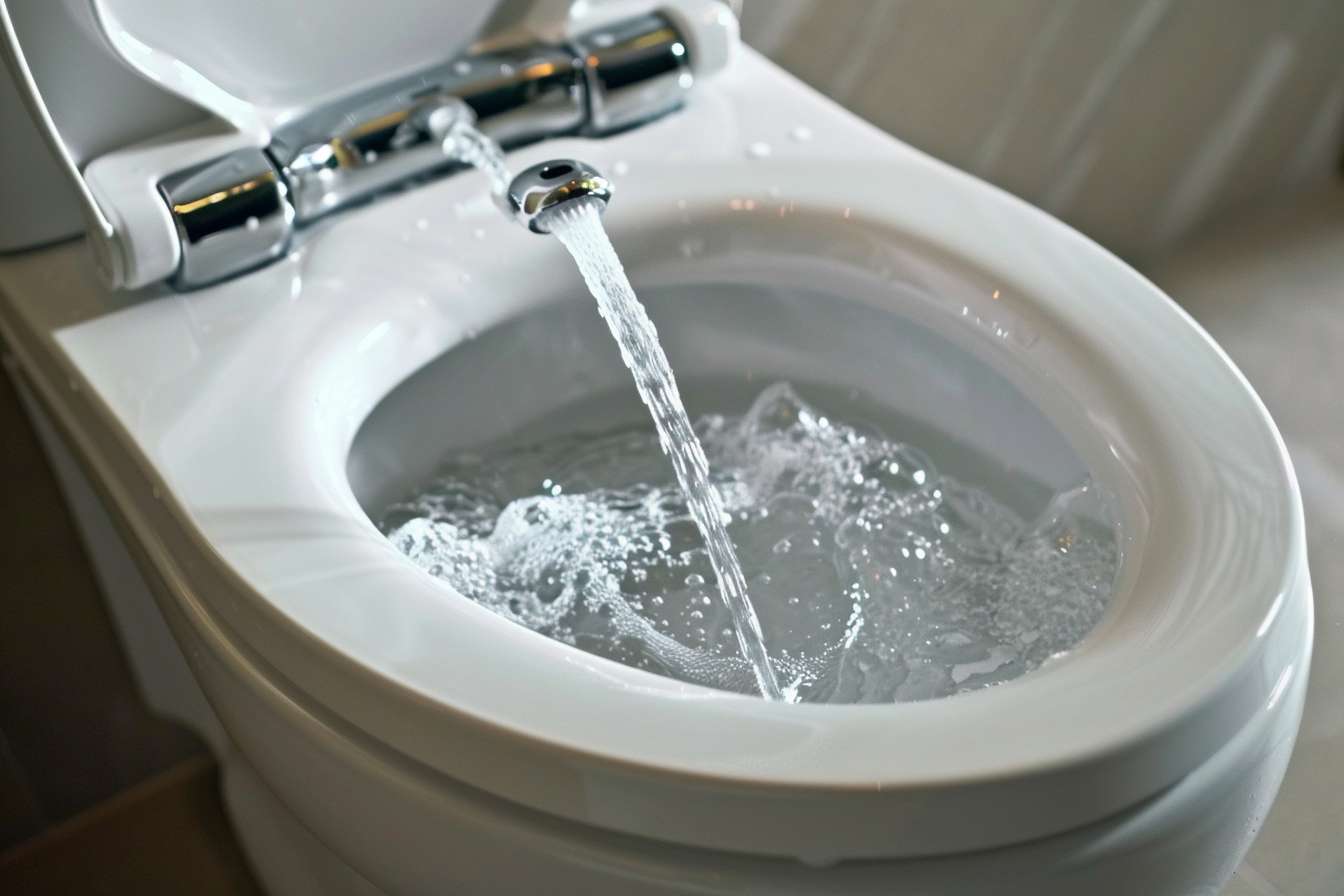Japanese Toilets: A Modern Approach to Bathroom Technology and Hygiene
Japanese toilets represent a significant advancement in bathroom technology, combining innovative features with enhanced hygiene standards. These sophisticated fixtures, increasingly available in the UK, offer automated cleaning functions, heated seats, and customizable settings that transform the traditional bathroom experience. As British homeowners seek more sustainable and hygienic solutions, Japanese toilets emerge as a practical alternative to conventional systems.

Understanding Japanese Toilet Technology and Features
Japanese toilets, also known as washlets or smart toilets, incorporate electronic bidet functions, automated lid opening, and precision washing capabilities. The primary components include a heated seat, warm water cleaning system, and an electronic control panel. Many models feature air dryers, deodorizers, and self-cleaning nozzles, ensuring optimal hygiene while reducing the need for toilet paper.
Smart Toilet Installation Requirements in UK Homes
Installing a Japanese toilet requires specific considerations for UK properties. The basic requirements include a standard electrical outlet near the toilet location and compatible plumbing connections. Most models operate on standard UK voltage (230V), though some may need additional wiring or plumbing modifications. Professional installation is recommended to ensure proper functionality and compliance with local building regulations.
Cost Analysis of Japanese Toilets in the UK Market
Japanese toilets vary significantly in price based on features and brand quality. Entry-level models typically start around £500, while premium options with advanced features can exceed £4,000.
| Model Category | Price Range | Key Features |
|---|---|---|
| Basic Smart Toilet | £500-£1,000 | Heated seat, basic wash functions |
| Mid-Range Model | £1,000-£2,500 | Added features like air dry, deodorizer |
| Premium System | £2,500-£4,000+ | Full automation, multiple user settings |
Prices, rates, or cost estimates mentioned in this article are based on the latest available information but may change over time. Independent research is advised before making financial decisions.
Environmental Impact and Sustainability Benefits
Japanese toilets contribute to environmental sustainability through reduced toilet paper consumption and efficient water usage. Most models utilize precise water spray systems that clean more effectively while using less water than traditional toilets. The reduction in toilet paper usage can lead to significant environmental benefits, including decreased paper waste and reduced strain on sewage systems.
Maintenance and Long-term Care Considerations
Maintaining a Japanese toilet requires regular cleaning and occasional professional servicing. The electronic components should be inspected annually, while self-cleaning features help maintain daily hygiene. Most manufacturers recommend descaling treatments every six months to prevent mineral buildup in the water systems. The average lifespan of a quality Japanese toilet ranges from 7-10 years with proper maintenance.
Integration with Modern UK Bathrooms
Japanese toilets can seamlessly integrate into various bathroom designs, from contemporary to traditional styles. Many manufacturers now offer models specifically designed for UK bathroom aesthetics, with streamlined profiles and customizable finish options. When planning installation, consider factors such as bathroom size, existing plumbing layout, and electrical access points to ensure optimal placement and functionality.




